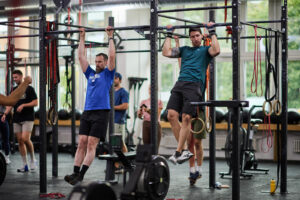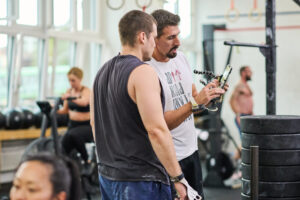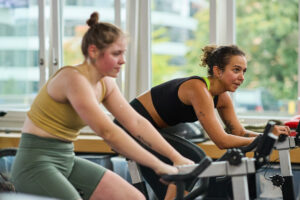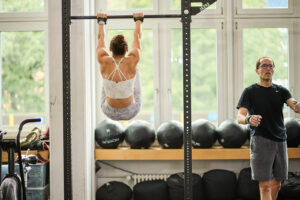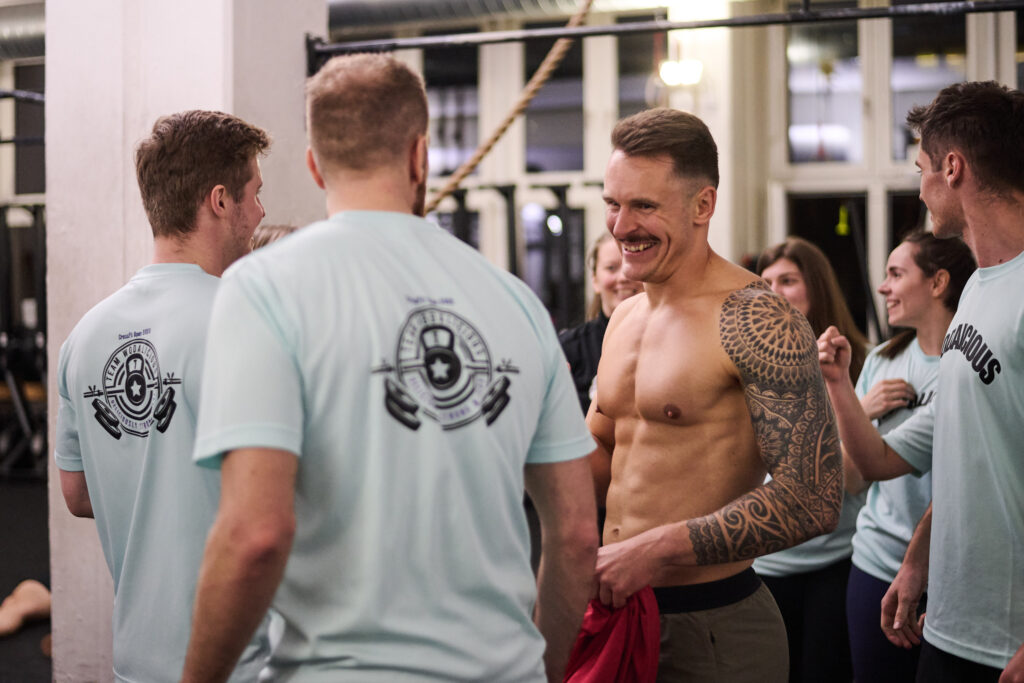
When people ask how to get a six-pack, the conversation almost always starts with the old saying: “Abs are made in the kitchen.”
And like most clichés, it’s true—but only partly. A visible six-pack is mostly a matter of body fat percentage. You could have the strongest abs in the world, but if they’re covered by a layer of fat, they won’t show. Conversely, even a person with relatively underdeveloped abdominal muscles can reveal a six-pack if their body fat is low enough.
For most men, abs start to become visible around 10–12% body fat. For women, it’s closer to 18–20%. These numbers aren’t strict rules, but useful benchmarks. That means if you’re aiming for visible abs, your first focus should be on nutrition and fat loss—not endless crunches.
Abs are revealed through nutrition
Getting lean enough to see your abs requires consistent attention to how you eat. That doesn’t mean starving yourself or following extreme diets. Instead, it means developing a plan that supports fat loss while preserving muscle mass.
Key components include:
- A slight calorie deficit. Eat fewer calories than you burn, but not so few that you lose energy or strength.
- Plenty of protein. Protein helps preserve muscle tissue while you’re losing fat. Aim for around 1.6–2.2 grams per kilogram of body weight per day.
- Whole foods. Prioritize lean proteins, vegetables, fruits, healthy fats, and slow-digesting carbs.
- Consistency over perfection. One “bad” meal won’t ruin your progress, but inconsistent eating will stall it.
Using tools like food tracking apps or working with a coach can help you understand your intake and make sustainable changes. Many people underestimate how much they eat or overestimate how much they burn during training. Abs are a long game—what you do consistently over months matters more than what you do for a week.
Muscle matters, too
That said, abs aren’t only made in the kitchen. If your abs are well-developed, they’ll show up more clearly at slightly higher levels of body fat. Think of it like this: a thicker muscle creates more definition. Just like well-developed shoulders or glutes have a distinctive shape, your rectus abdominis (the six-pack muscle) does, too.
To grow any muscle—including your abs—you need progressive overload: more tension over time through heavier resistance, more reps, or more time under tension. This can be done with direct ab work like:
- Weighted sit-ups
- Hanging leg raises
- Cable crunches
- Ab rollouts
But here’s the twist—if you look at top CrossFit athletes, they almost all have impressive abs. And yet, most of them don’t spend time on isolated ab exercises like crunches. So how does that work?
Why CrossFitters have abs without doing crunches
The truth is: in CrossFit, the abs are trained all the time.
Every squat, deadlift, clean, and overhead press demands midline stability—aka your core doing its job. When you carry heavy loads, swing kettlebells, or jump up to a pull-up bar, your abs are working hard to stabilize and transfer power. These compound movements don’t just use your core—they train it.
Think about it: Olympic lifts require your entire trunk to stay braced while moving quickly under load. Gymnastics movements like toes-to-bar, handstand push-ups, and ring muscle-ups involve serious abdominal control. Even wall balls and rowing demand core engagement. That’s why CrossFitters often end up with “functional abs” that are strong, resilient, and visible—without dedicating time to crunches on the floor.
A side benefit of training abs this way? You will not be asking yourself the question of how to get a six-pack. Your core gets stronger in context—meaning you’re not just building visible abs, but a core that protects your spine, improves athletic performance, and supports daily life.
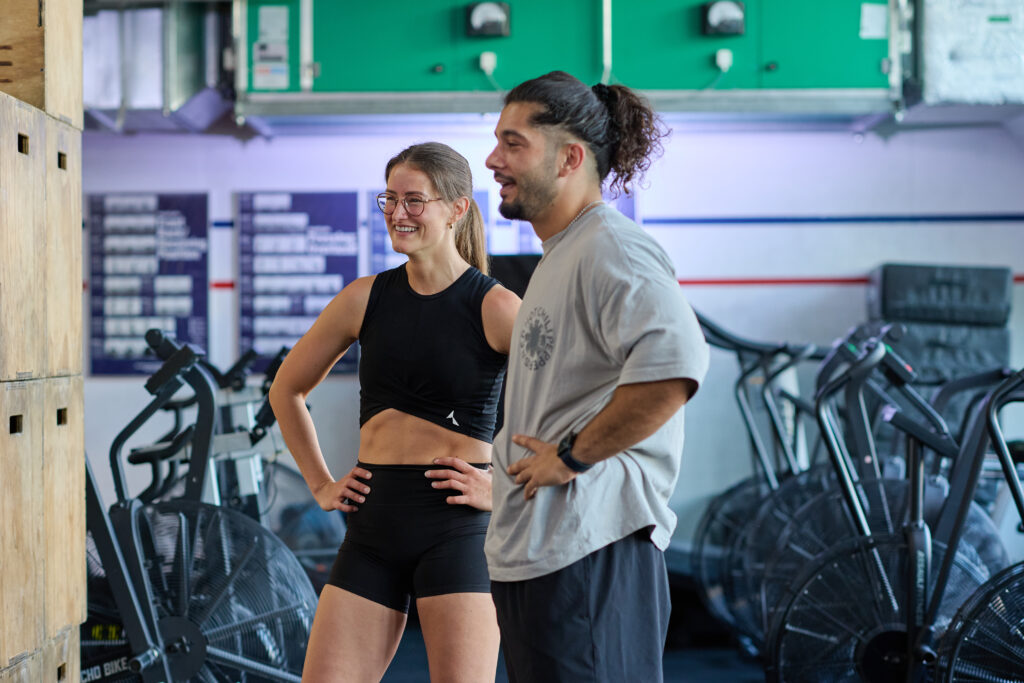
But don’t forget genetics
Lastly, let’s acknowledge the role of genetics. Some people store less fat around their midsection, making it easier for their abs to show. Others might have naturally blockier abs that pop more with less training. The number and shape of the abdominal “packs” (four, six, or eight) are determined by genetics—not effort.
Some people might have evenly spaced abs, while others have a more asymmetrical pattern. Some people’s abs protrude clearly, while others are flatter. None of this is within your control—and that’s okay.
You can’t change your bone structure or muscle insertions, but you can become leaner, stronger, and healthier through lifestyle and training choices.
So how to get a six-pack for real?
If you’re serious about it, here’s your roadmap:
- Dial in your nutrition. Focus on eating for fat loss in a sustainable way.
- Train consistently. Prioritize functional, compound lifts that challenge your core.
- Add muscle. Stronger, thicker abs will become more visible as you lean out.
- Be patient. It takes time—often months or more—to reach the level of leanness where abs show.
- Manage expectations. Your abs might not look like someone else’s—and that’s fine. Build the best version of yourbody.
Final thought
Want abs? Ditch the endless crunches and start squatting, pressing, and pulling with intention. Eat to fuel your goals, not just your cravings. And remember: a strong core is more than a vanity project—it’s your body’s powerhouse.

